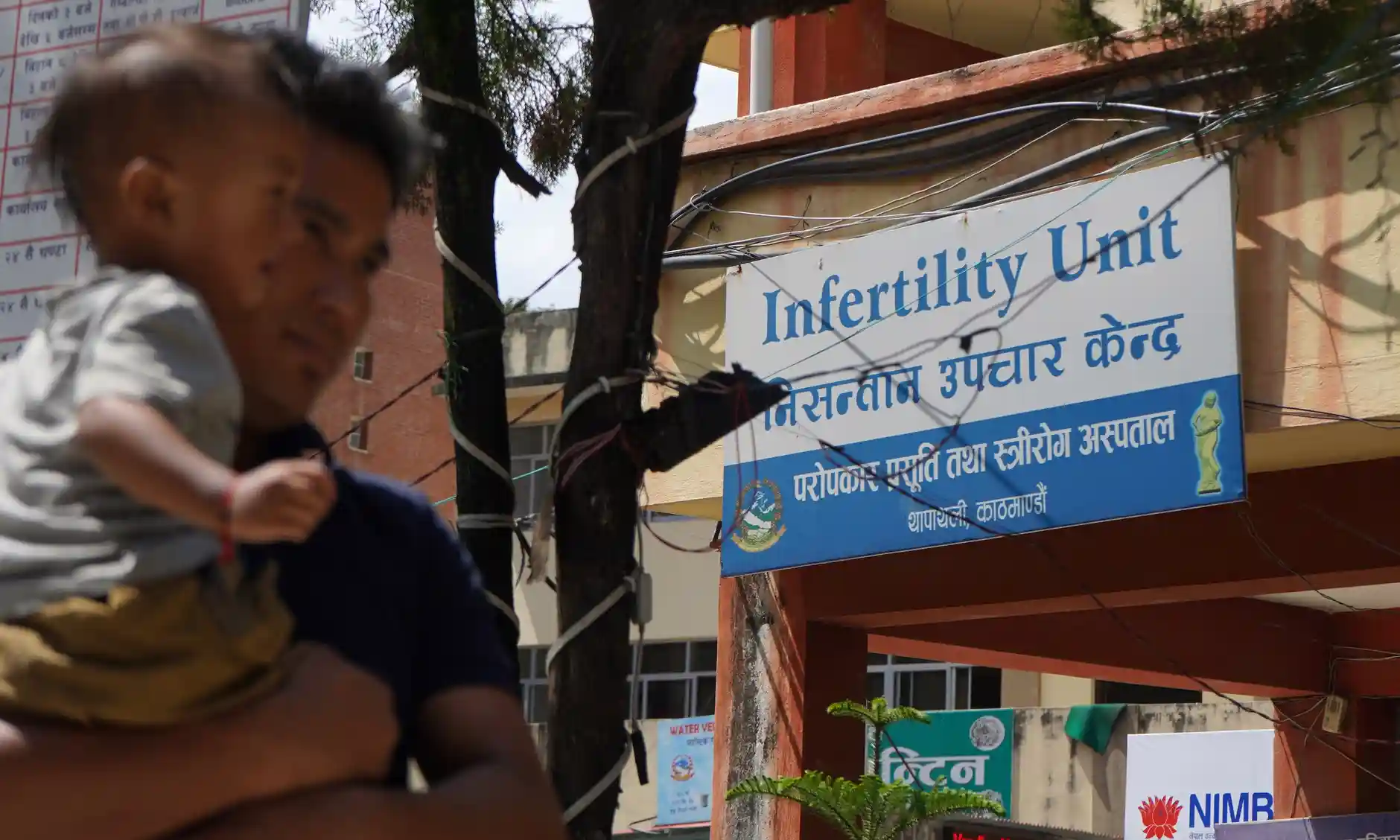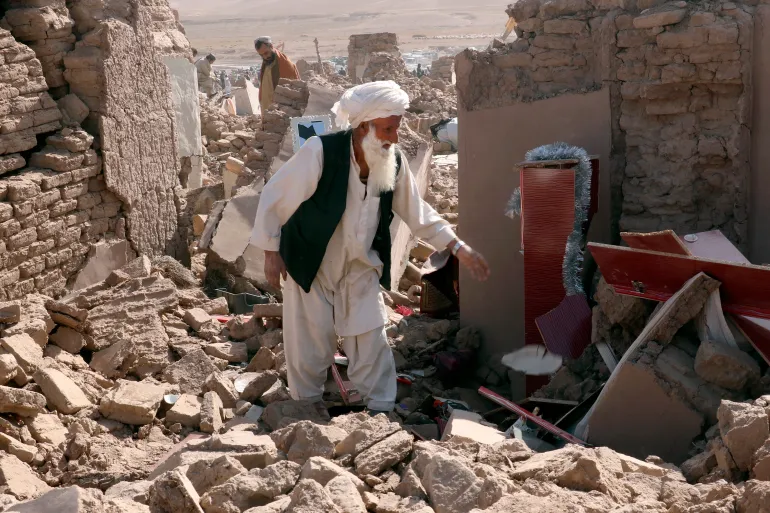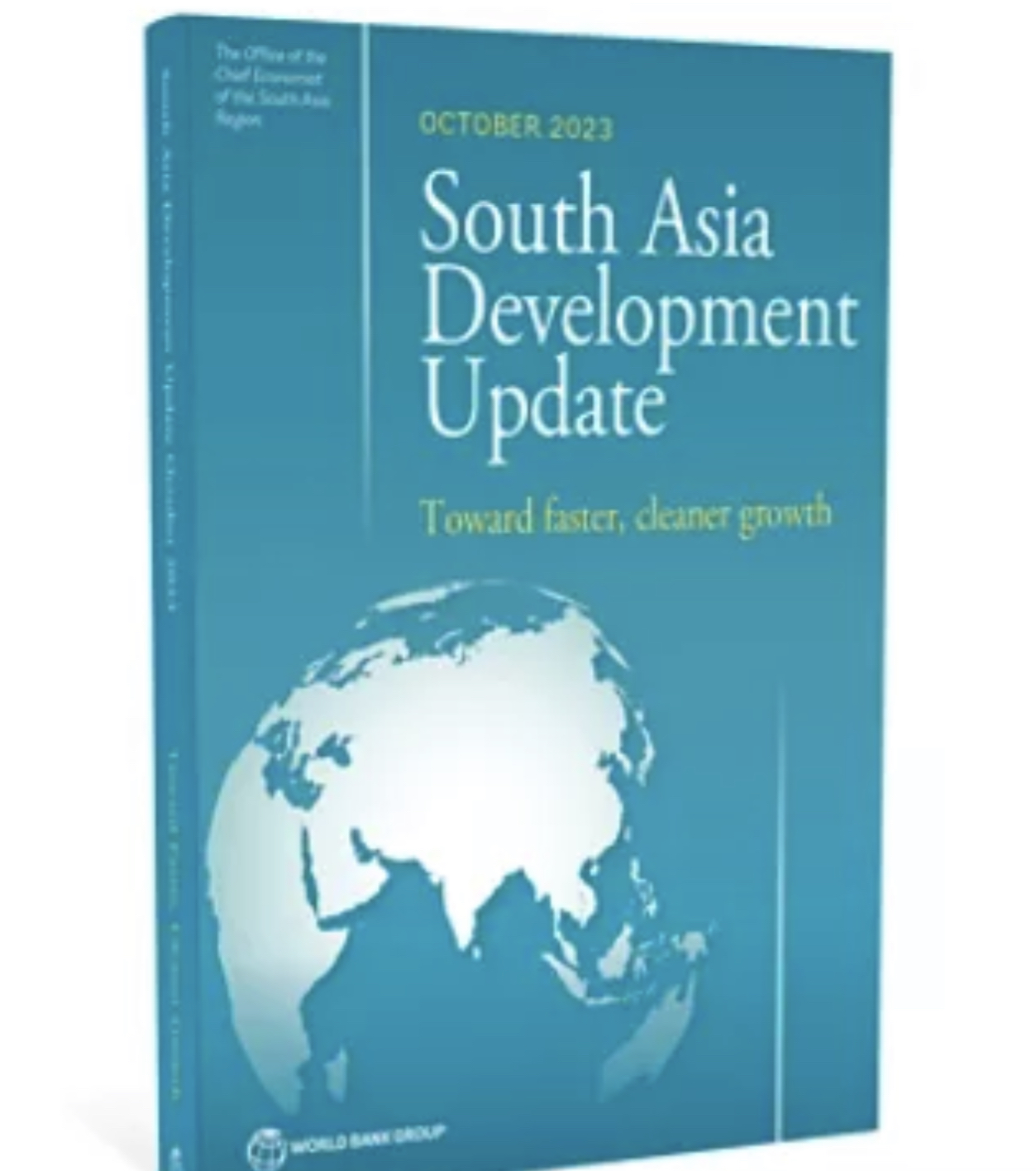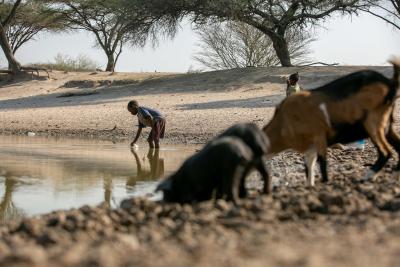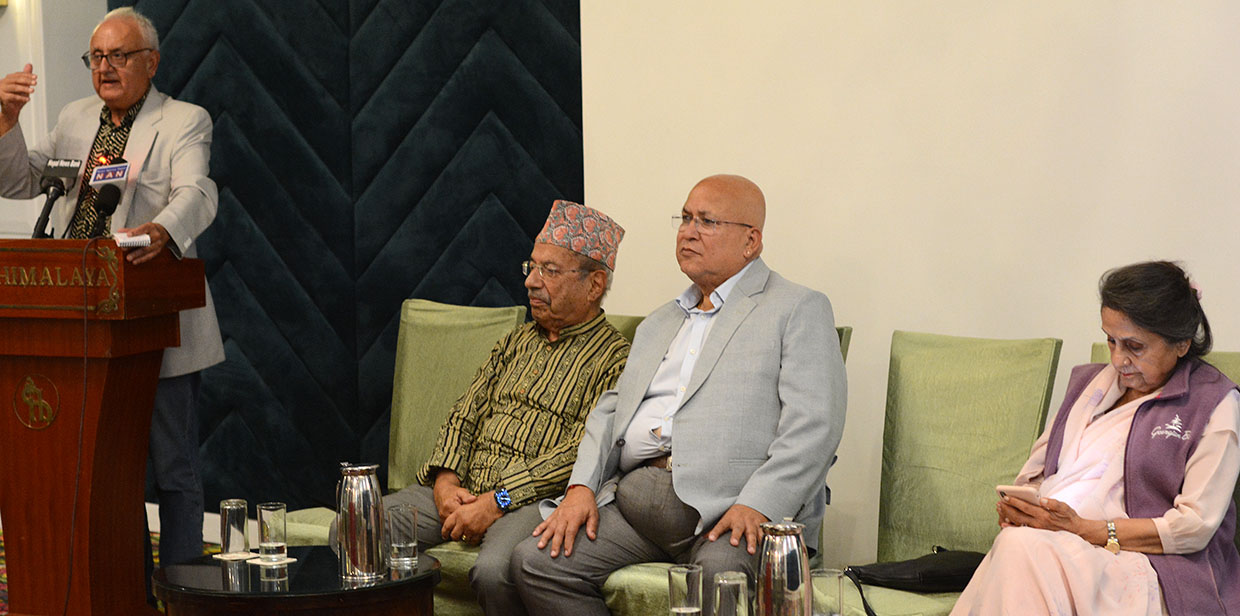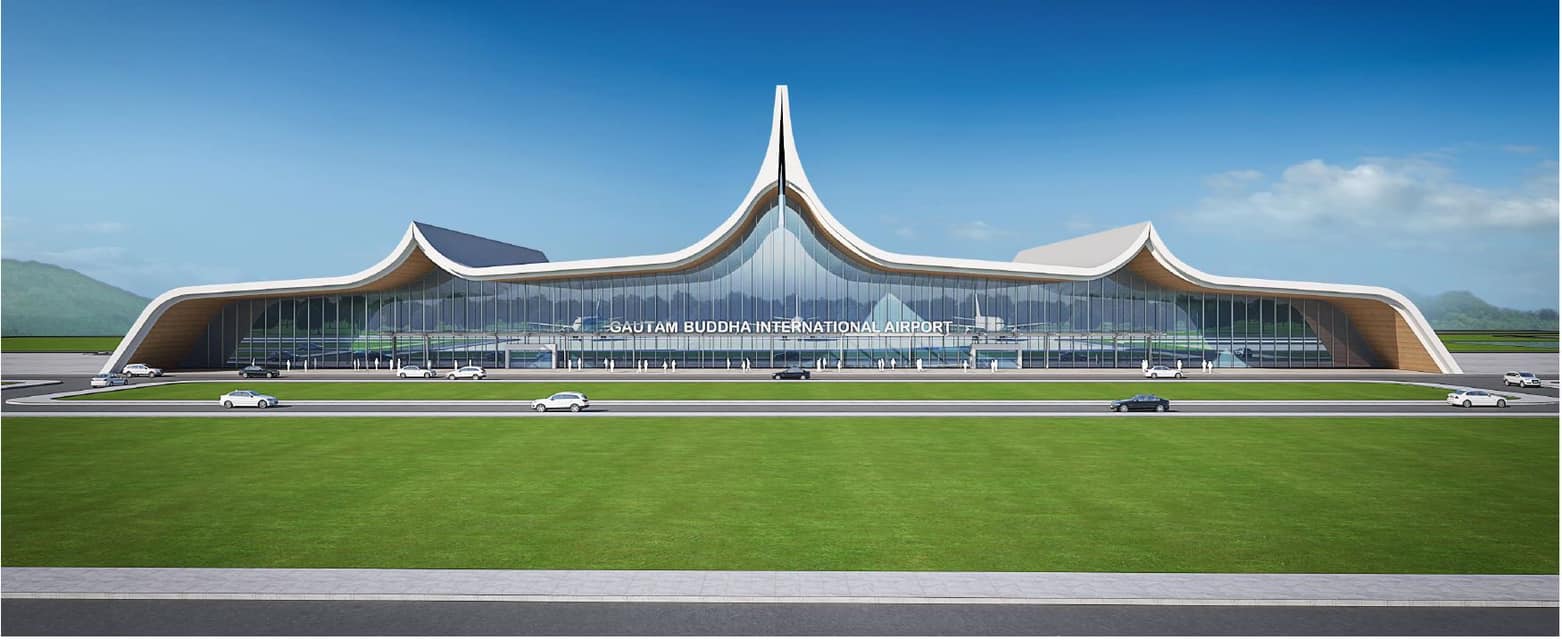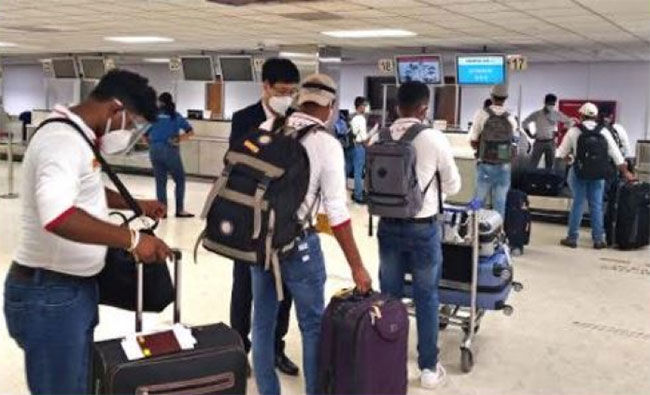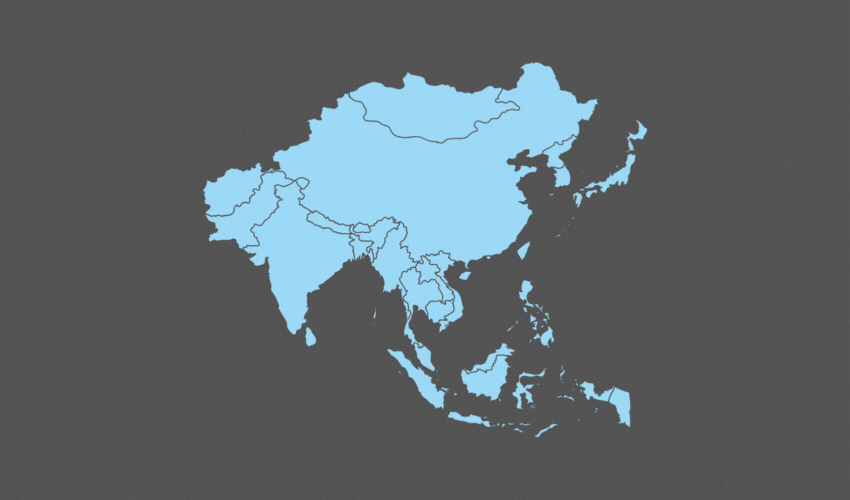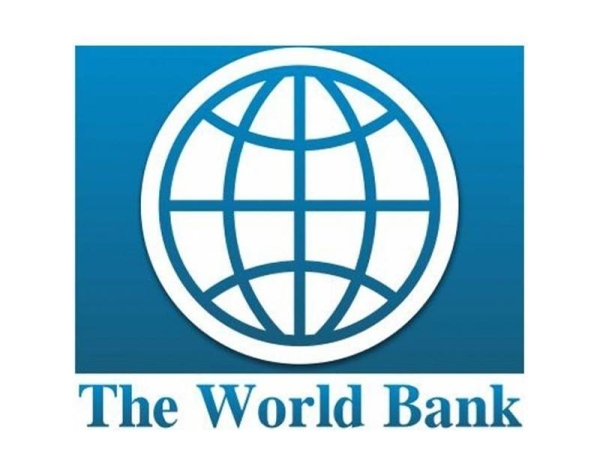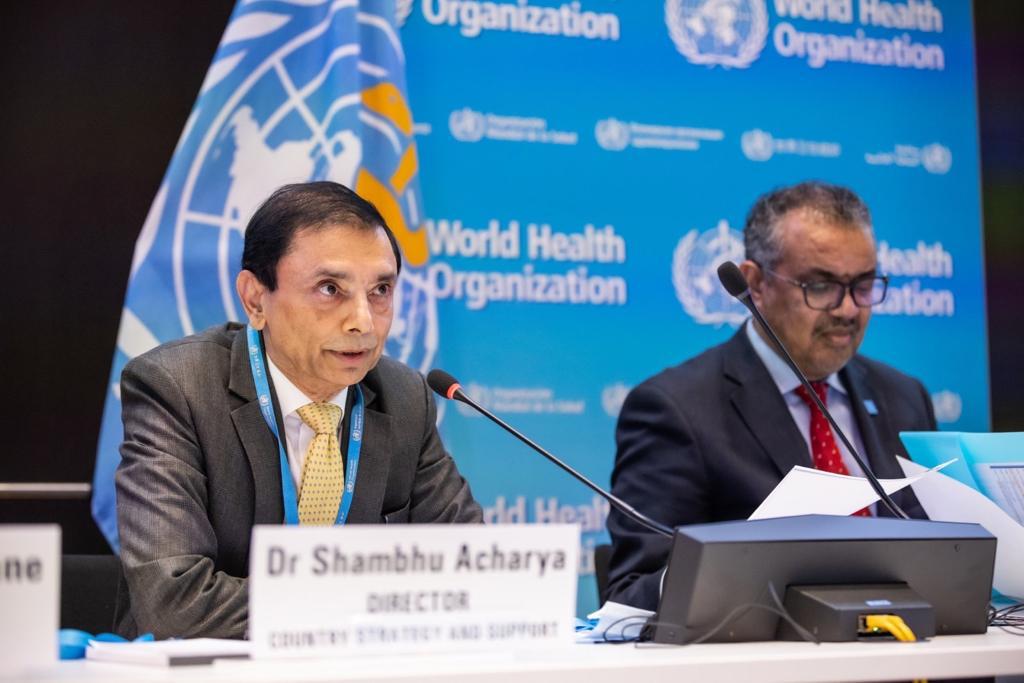London – Public health experts and academics based in the UK have called upon the Nepal government to intensify its diplomatic endeavours among the regional governments to advocate for Dr. Shambhu Acharya’s candidacy for the post of Regional Director, WHO South East Asia Region (SEAR).
They have also demanded a transparent election process to ensure the selection of the better-qualified candidate for this pivotal position.
Welcoming the Government of Nepal’s nomination, the UK-based professionals and academics said Dr. Acharya’s nomination reflects a concerted effort to garner support for his candidacy, a testament to the Government’s dedication to the cause. “The role of Regional Director carries profound significance, not only for the future health and well-being of the hundreds of millions residing in our region but also for global public health. The intricacies of medical and public health challenges in our region necessitate vigilant oversight and capable leadership within WHO,” the statement said.
“It is abundantly clear to us that Dr. Acharya is the superior candidate among the two nominees competing for this position. His credentials are underpinned by a robust background in public health and extensive leadership experience in addressing global health issues. Dr. Acharya’s familiarity with the public health and medical challenges within our region is exceptional. His three-decade-long career has been dedicated to fortifying responses at local, national, regional, and global levels. He has made substantial contributions in Nepal, Bangladesh, India, as well as at WHO headquarters in Geneva,” said Dr Padam Simkhada, Professor of Global Health & Associate Dean International and Convener of Global Consortium for Public Health Research (GCPHR). University of Huddersfield, UK. “Dr. Acharya successfully managed large-scale World Bank-funded projects in health and population in Bangladesh and played a pivotal role in establishing the Asia-Pacific Health Economics Network, which aimed to enhance the health financing capacity of WHO member states,” he added.
Prominent global health journals, including The Lancet and the British Medical Journal, have underscored the critical importance of appointing a highly qualified candidate to the position of WHO-SEARO Regional Director. Dr. Acharya’s recognition extends far beyond the present competition, as he is acknowledged by numerous global health professionals and leaders as the most qualified candidate for this pivotal position, they said.
“It is imperative to underscore that Dr. Acharya’s appointment as Regional Director would not only be advantageous for the South East Asia region but would also hold global significance. Many of us have had the privilege of witnessing his outstanding work firsthand, and we firmly believe that his leadership would benefit not only this region but also contribute positively to the health and well-being of people worldwide,” the joint statement said.
Full text of the statement:







